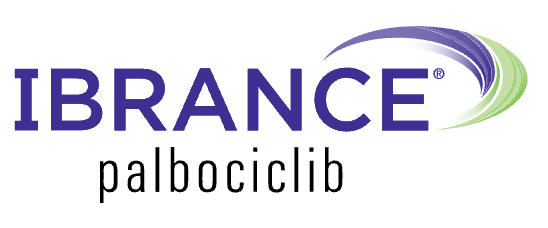Introduction:
Multiple myeloma, a challenging hematologic cancer marked by abnormal plasma cell proliferation, presents significant treatment hurdles. Yet, the emergence of novel therapies, notably lenalidomide, has transformed the management of this disease. In this blog, we explore the diverse impact of lenalidomide in multiple myeloma treatment, examining its mechanism of action, clinical effectiveness, and prospects.
What is Multiple Myeloma?
Multiple myeloma is a cancer originating from abnormal plasma cells within the bone marrow, a crucial component of the immune system. While healthy plasma cells produce antibodies to combat infections, those in multiple myeloma turn malignant, generating abnormal antibodies that displace normal blood cells in the bone marrow.
Multiple myeloma can lead to complications like bone problems, renal dysfunction, anemia, and weakened immunity, with common symptoms including bone pain, nausea, constipation, fatigue, and increased infection risk. It mainly affects older individuals, especially men and Black people, with risk factors including age, gender, race, and family history. While prevention methods are lacking, ongoing research and treatment advancements have notably improved outcomes and quality of life for patients with multiple myeloma.
The Mechanism of Action of Lenalidomide:
Lenalidomide impacts both cellular and humoral immune responses, along with exhibiting anti-angiogenic properties. It stimulates natural killer (NK) cell proliferation and activation, enhancing NK cell-mediated cytotoxicity and antibody-dependent cell-mediated cytotoxicity. Additionally, lenalidomide downregulates interleukin-6 (IL-6) production, directly and by inhibiting multiple myeloma and bone marrow stromal cells.
While its exact molecular targets remain unclear, its broad efficacy across various neoplastic conditions suggests involvement at multiple sites. Lenalidomide has shown clinical efficacy in several diseases, including myelodysplastic syndromes, chronic lymphocytic leukemia, and primary systemic amyloidosis, often used in combination with other chemotherapeutic agents.
How are Lenalidomide and multiple myeloma connected?
The relationship between lenalidomide and multiple myeloma is pivotal, with lenalidomide serving as a crucial drug in managing the disease. As an immunomodulatory agent, lenalidomide demonstrates significant efficacy in both newly diagnosed and relapsed/refractory cases. It is used alone or in combination therapies, including maintenance treatment.
Clinical trials confirm its ability to improve overall and event-free survival, as well as depth of response. However, its widespread use has led to treatment resistance in some patients, necessitating the exploration of lenalidomide-free regimens and alternative therapies. Ongoing research aims to address these challenges and develop novel treatment strategies for patients with lenalidomide-resistant multiple myeloma.
Clinical Efficacy and Treatment Strategies:
Lenalidomide effectively treats multiple myeloma by enhancing immune responses, inducing apoptosis, and inhibiting cell proliferation, whether used alone or in combination therapies for newly diagnosed or relapsed/refractory cases.
Post-autologous stem cell transplantation, lenalidomide maintenance therapy has become standard, prolonging remission and improving outcomes. However, its extensive use has led to treatment resistance, necessitating alternative regimens. Despite challenges, lenalidomide remains pivotal in multiple myeloma treatment, with ongoing research focusing on optimizing its efficacy and treatment strategies.
Future Directions and Challenges:
- Researchers are investigating alternative treatments and combinations to improve patient outcomes. Developing predictive biomarkers could optimize treatment strategies.
- Additionally, exploring new combination therapies, such as lenalidomide with proteasome inhibitors or anti-CD38 monoclonal antibodies, aims to enhance efficacy in lenalidomide-refractory patients.
Success Rate Of Lenalidomide
Lenalidomide has demonstrated significant success rates in the treatment of multiple myeloma. In a phase II study, lenalidomide achieved an overall response rate (ORR) of 54% and a complete response (CR) rate of 53% in patients with advanced follicular lymphoma
Conclusion:
Lenalidomide stands as a cornerstone in treating multiple myeloma, delivering impressive clinical efficacy and enhancing patient outcomes against this formidable disease. As ongoing research delves deeper into the intricacies of multiple myeloma and its treatment, lenalidomide continues to shine as a symbol of optimism in the quest for improved therapeutic approaches and ultimately, a cure for this hematologic malignancy. To check availability of lenalidomide in India(generic version), interested individuals can contact the Patient Support Team at (+91) 9315705373 or via email at help@sansfro.com.



